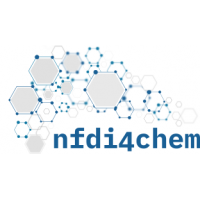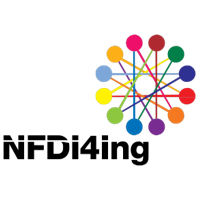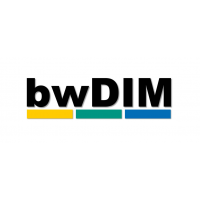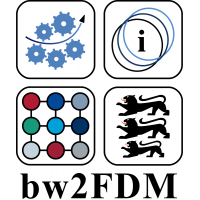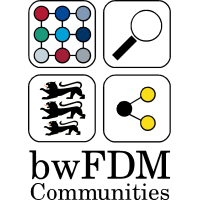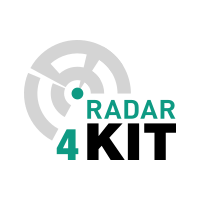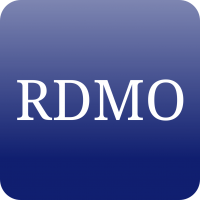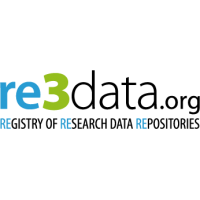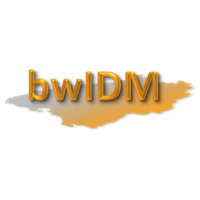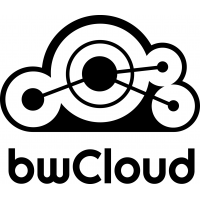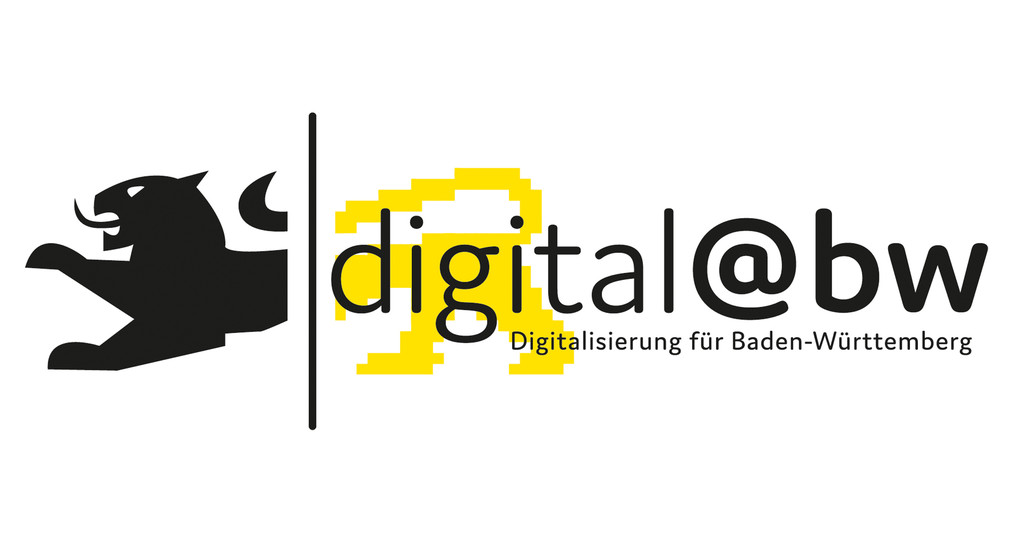Science Data Center for Molecular Material Research
The Science Data Center (SDC) Molecular Materials Research (MoMaF) brings together core competencies in the field of research data management (RDM) and data analysis for research areas ranging from chemistry to materials science. These cover the areas of software development, analysis of, provision of and preservation of research data dealing with molecules and their interactions for the description of materials. Within this framework it is possible to take discipline-specific and interdisciplinary factors into account which then leads to synergy effects in related fields. The concept of an electronic lab notebook (ELN) with an interoperable repository is already established at the Karlsruhe Institute for Technologie (KIT) for chemists. The project MoMaF aims to extend it for applications in the fields of Molecular Chemistry, Macromolecular Chemistry / Surface Chemistry, and Virtual Material Development.
The main goal of the project is the development of a comprehensive digitalization strategy that is ranging from data generation to data evaluation while also addressing long-term archiving and future reusability. Covering all those aspects is a prerequisite for the systematic analysis of existing research data and the implementation of the FAIR Open Data principles.
MoMaF is operated centrally at the KIT and made available to international users.
The SDC MoMaF comprises conceptually of three core components (Fig. 1):
- Development and establishment of a subject-specific repository for Molecular Chemistry (MakroMol) that, together with the already productively operating repository Chemotion, form a network of interdisciplinary repositories. Interfaces will connect the repositories and Kadi4Mat ELN to other external storage solutions.
- Development and connection of subject-specific working environments based on the Chemotion ELN that is already established for organic chemistry at KIT. Depending on the subject, the ELN will be flexibly equipped with existing and new modules for applications in macromolecular chemistry / surface chemistry and virtual material development.
- Combination of ELNs, repositories and their extension with data analysis tools and a recommender system to support scientists in their research.
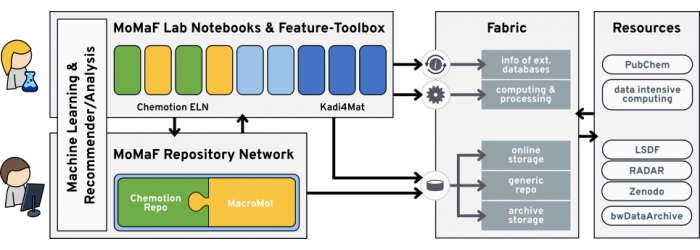
A competence center of this kind is a modern tool for the scientific communities. In addition to the research areas of chemistry and material science, MoMaF also intends to be a Best-Practice example of how to achieve an established interconnected infrastructure that is widely accepted by scientists. The developments in MoMaF will also flow into Kadi4Mat, the data infrastructure for materials at KIT.
Detailed information on the software, including files for Docker installation for Chemotion, can be found on Git for Chemotion ELN / Repository and Kadi4Mat.
MoMaF strives for the following long-term goals:
- integration into the National Research Data Infrastructure (NFDI), with infrastructure funding for KIT: NFDI4Chem and NFDI4Ing. The project partners are significantly involved in both consortia.
- securing and expanding the pioneering role in subject-specific and generic research data management at KIT
- establishment of MoMaF at KIT as an internationally used competence center for data and method management (e.g. software provision) for research in the fields of molecular material sciences and chemistry
This enables MoMaF to be a comprehensive virtual research environment impeded in the community and the extensive and interdisciplinary analysis of data in the areas ranging from chemistry to materials science. It provides the infrastructure, mechanisms and methods to view scientific work in its overall context and to offer new solutions for working with research data.
MoMaF offers:
- an environment for interdisciplinary work in the fields of chemistry and materials science with tools for data analysis and management, quality assurance, workflows for peer review and publication of data etc.
- mechanisms that enable the use of the central infrastructure with minimal effort and provide additional benefits in the research process
Outstanding features of MoMaF:
Discipline-related- covers the fields of molecular research from chemistry to materials science, linking experimental and virtual research
- enables and promotes interdisciplinary work (in contrast to pure subject repositories) and thus the processing of new scientific questions
- connects scientific disciplines for the development of scientific solutions, whereby full subject-specific functionality and analysis tools are offered for each individual discipline
- involves stakeholders to gain the necessary weight (internationally established databases, publishers, information systems)
- builds on already established systems (e.g. Chemotion: Repository, ELN): extensive functionality and added value are proven
- creates interfaces for data that must be seen in context to each other
- combination of electronic lab book as research environment (local) and repository (central at KIT): system is tested
- modular structure of the software, clearly separated interfaces: flexible adaptation to other specialist areas and thus broad subsequent use is possible
- application and integration of available state services and RDM infrastructures (e.g. bwDIM, bwDataArchive, LSDF, RADAR) and high-performance computing resources (e.g. bwHPC, ForHLR)
- generic interfaces for data transfer allow for linking with other repositories, furthering the collaboration between scientists across locations
- high degree of automation (from data creation to storage is possible, automatic metadata capture and generation)
The center is not only embedded in the scientific communities, but also integrates a variety of infrastructure services:
